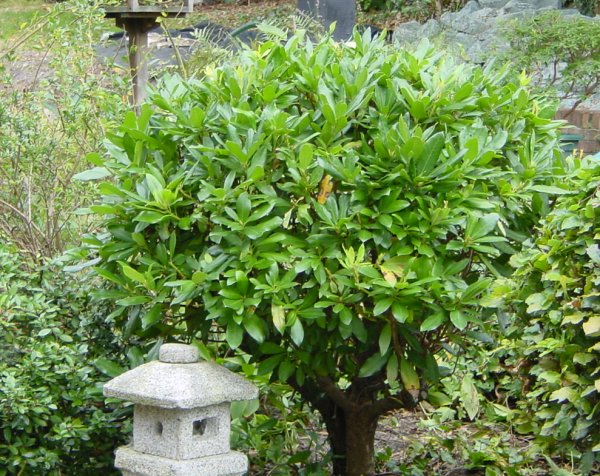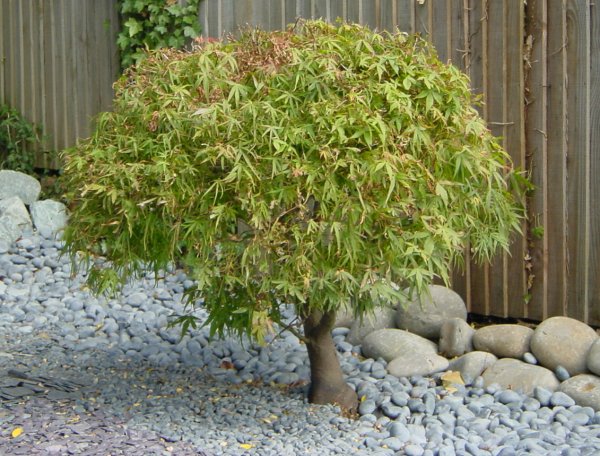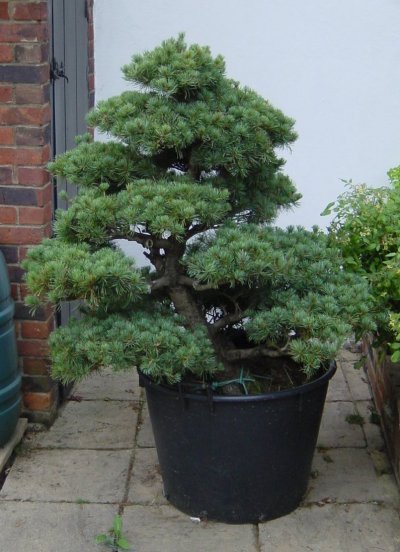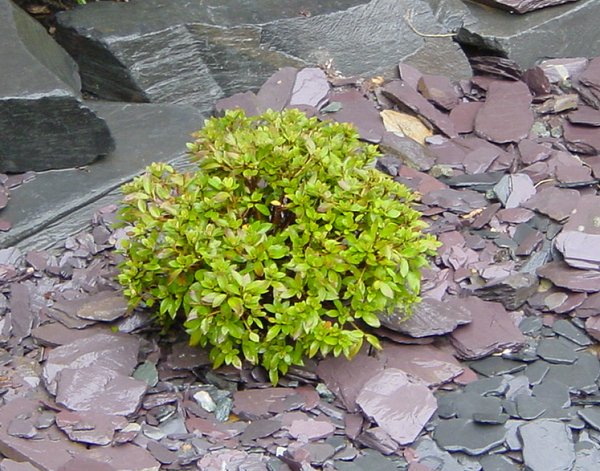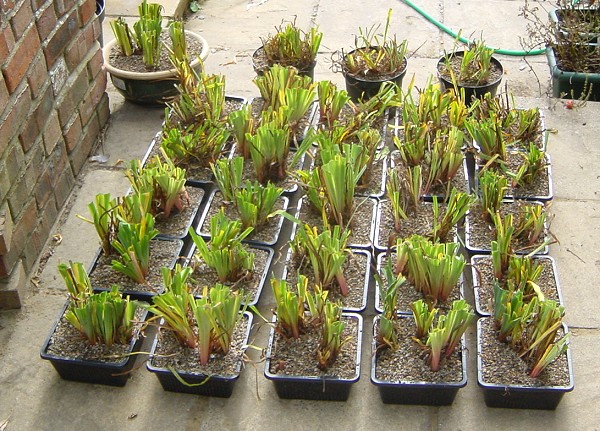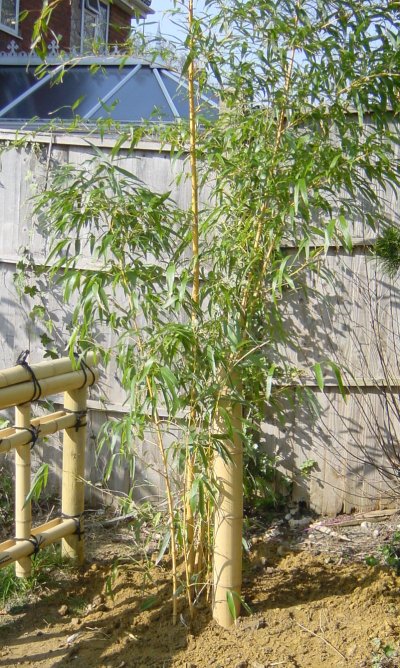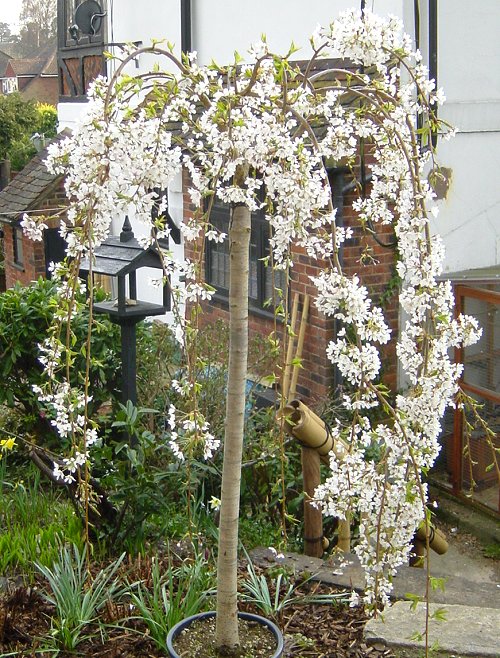UBC Botanical Garden has completed the development of one of our newest features: the Carolinian Forest. One thousand cubic metres of soil were extracted from a former construction site on South Campus and spread on an expanse of Botanical Garden hillside that has lain dormant since 1972.
Botanical Garden visitors, staff, volunteers, students and faculty have repeatedly expressed interest in eastern North American hardwoods. The late Gerald Straley, a Virginia native and former Curator of Collections at the Botanical Garden, had always advocated for such a collection, arguing that there were few examples of this rich and biologically important floristic assemblage displayed anywhere locally. Significantly, a large number of eastern North American plants have their closest relatives in east Asia, while others have relatives in both Asia and western North America. Amassing Carolinian species here has enabled the garden to link collections of a number of important genera and species groups, such as Liriodendron (tulip poplar), magnolia, Acer (maple) and rhododendron. Beyond biogeographic comparisons, other educational objectives, such as conservation and biodiversity research, are more easily accomplished with the addition of the arboretum. So much of the eastern hardwood forest, including its associated shrubby and herbaceous flora, is significant from an aesthetic point of view. The Carolinian Forest has been enormously popular with all of our visitors.
Most of the seeds which were used for the Carolinian forest were collected in the wild from forests in eastern Canada and the Maritimes to the Carolinas and Georgia. Approximately 300 trees and shrubs, representing more than 100 different species, have been planted. The very first plantings took place in the early spring of 2006.
Another feature of the Carolinian Forest is the Carolinian Garden. It is comprised of 12 individual groves, each named for an early North American plant explorer. The groves exhibit a variety of trees and shrubs, including signature species that have particular significance to the legacies of those explorers. For example, Kalmia latifolia (mountain laurel) was planted in the Kalm Grove. Pehr Kalm (1716-1779) was an explorer-botanist born in Sweden and a student of Carolus Linnaeus who collected in the northernmost parts of the eastern hardwood forest (including Québec). Franklinia alatamaha resides in the Bartram Grove. American John Bartram (1699-1777), who Linnaeus described as the greatest natural botanist in the world, discovered this beautiful camellia relative (named for Bartram’s friend Benjamin Franklin) while collecting plants with his son near the Altamaha River in Georgia in 1770s. Bartram was among the last to see this species in the wild.
The Carolinian Forest’s location on the hillside adjacent to the Garry Oak Meadow and Woodland Garden and overlooking Southwest Marine Drive and Georgia Strait beyond, have made it visible from all areas of the east garden, as well as from the Botanical Garden entrance and the proposed Visitor Centre. We invite you to come explore this exciting development and share in a spectacularly beautiful arboretum.
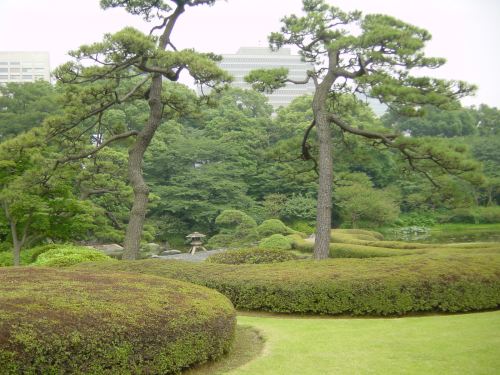



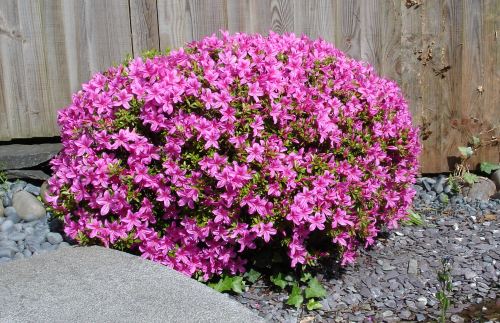
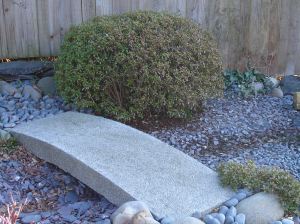


 I'm often asked how to create the compact shrubs found in Japanese gardens such as the palmatum just coming into leaf below. The secret is to use the same techniques as used in bonsai. For example, with maples, as soon as the leaf buds start to burst in the spring, watch for the first pair of leaves to form. Shortly after this, a shoot will start to grow - VERY quickly - from the junction of the two leaves. As soon as you can pinch this off leaving just the pair of leaves. This needs to be done every year with no exception! This will prevent the shoots growing too long and a pair of buds will develop in the following year. If any shoots grow later in the year that stray outside of the wanted shape cut them off. If the tree is very strong, all the leaves can be cut off and a new set of smaller leaves will grow and maybe a a few new buds will develop back on old wood. Further info at:
I'm often asked how to create the compact shrubs found in Japanese gardens such as the palmatum just coming into leaf below. The secret is to use the same techniques as used in bonsai. For example, with maples, as soon as the leaf buds start to burst in the spring, watch for the first pair of leaves to form. Shortly after this, a shoot will start to grow - VERY quickly - from the junction of the two leaves. As soon as you can pinch this off leaving just the pair of leaves. This needs to be done every year with no exception! This will prevent the shoots growing too long and a pair of buds will develop in the following year. If any shoots grow later in the year that stray outside of the wanted shape cut them off. If the tree is very strong, all the leaves can be cut off and a new set of smaller leaves will grow and maybe a a few new buds will develop back on old wood. Further info at: 







